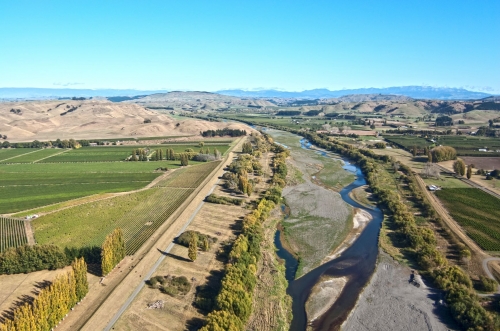I want to...
Current filter: Most popular
A to Z
Apply for a job
Biosecurity
Consents
Consultation
Contact Us
Environmental Data
Farmers Hub
Fix it or Report it
Information Request
Join an Event
Leasehold Land
Meetings
Rates
Water Metering
Have Your Say
Report shows impact of COVID-19 and drought
Published: 2 September 2020

The first full picture of the impact of the COVID-19 pandemic and the drought shows they have contributed to one of the greatest economic shocks Hawke’s Bay has seen.
However, Hawke’s Bay is in a better position for economic recovery than some regions, with a high performing food and fibre industry and booming construction sector.
The Regional Economic Recovery report was presented to the Regional Council’s Corporate and Strategic Committee today. Its author, Sarah Tully, was appointed as Regional Recovery Manager on behalf of the five Hawke’s Bay councils to support coordination and regional recovery efforts. She also sits on the Matariki Recovery Taskforce.
She says like the rest of the country, Hawke’s Bay GDP is forecast to contract further, and is impacted by reduced visitor numbers and spend, as well as increased unemployment levels.
“Job seeker numbers are up 58% versus this time last year and there’s been a significant increase in income relief payments, accommodation supplement support and special food grants in July 2020,” said Mrs Tully.
Currently 2,200 more people have lost their jobs versus this time last year and 67% of work ready job seekers are Māori and Pacific peoples.
Mrs Tully says throughout the COVID-19 response, $330m has been paid in wage subsidies across the region, with 52% of jobs covered in the first payment and 10% in the extension. With booster funding from central government, the Regional Council has supported 728 local businesses with $1.5 million of assistance under the Regional Business Partners programme.
Severe drought conditions have seen 187 farmers use feed transport relief, 333 small lifestyle block feed run recipients and 143 requesting feed budgeting assistance.
“There’s concern around the flow on impacts from water and feed shortages and low stock numbers combined with global uncertainty influencing commodity prices,” she says.
Mrs Tully says the resurgence of COVID-19 has caused angst across businesses and the community, but Hawke’s Bay is in a good position for economic recovery.
“There’s a significant pipeline of capital projects and in more cases than not the issue is filling jobs not creating them. Workforce planning and right training for labour requirements will be an integral part of recovery for the region,” she says.
“Adapting between response and recovery moving forward is key, with a focus on building resilience and thriving in a ‘new normal’. The five councils acknowledge regional alignment is critical and have this front of mind for recovery planning.”
Hawke’s Bay Regional Council Chief Excecutive James Palmer says the council is focused on driving projects to stimulate economic activity and capitalise on the current Government funding pool.
“The Regional Council has so far been awarded $20.7m funding toward recovery projects, with another $10.6m currently pending. We’re also supporting Business Hawke’s Bay and Hawke’s Bay Tourism through their on the ground recovery activities,” says Mr Palmer.
Disclaimers and Copyright
While every endeavour has been taken by the Hawke's Bay Regional Council to ensure that the information on this website is
accurate and up to date, Hawke's Bay Regional Council shall not be liable for any loss suffered through the use, directly or indirectly, of information on this website. Information contained has been assembled in good faith.
Some of the information available in this site is from the New Zealand Public domain and supplied by relevant
government agencies. Hawke's Bay Regional Council cannot accept any liability for its accuracy or content.
Portions of the information and material on this site, including data, pages, documents, online
graphics and images are protected by copyright, unless specifically notified to the contrary. Externally sourced
information or material is copyright to the respective provider.
© Hawke's Bay Regional Council - www.hbrc.govt.nz / +64 6 835 9200 / info@hbrc.govt.nz


